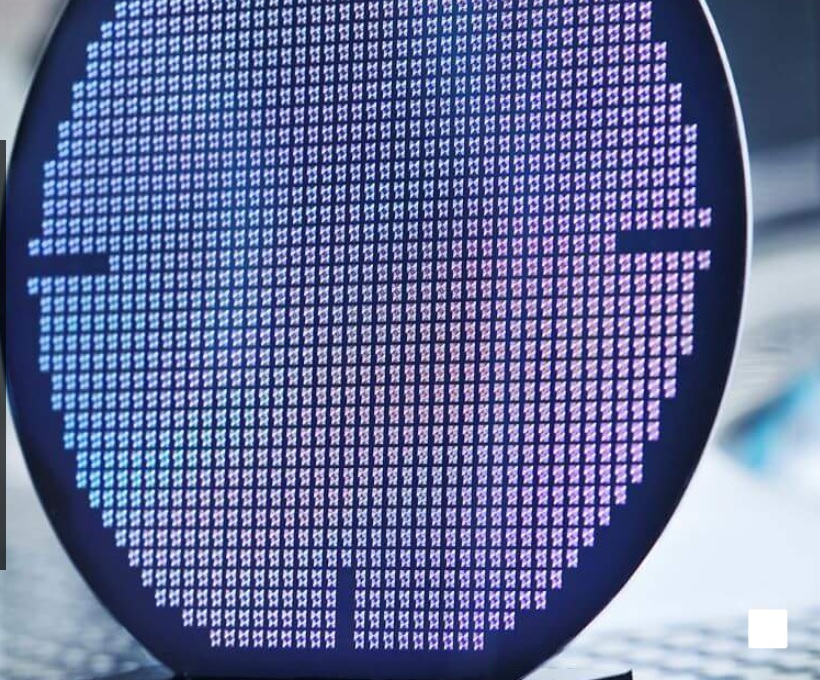Diffractive optical elements and applications are used in many scientific and industrial practices. They are also used in photography and printing as well. Diffractive optics is basically a branch of physics that deals with the phenomenon of dispersion of light. This process produces images when light of varying wavelengths is incident on an object. The principle of diffraction allows for various effects, such as rays of light that arrive at different angles to arrive at the exact focus and thus creating an image of the focused rays.
Different types of diffractive optical elements and applications include fiberoptic technology, which use these elements in fiberoptic communication systems and material processing equipment, and laser beam splitters. Fiberoptic systems often use the same elements as laser beam splitters. Diffractive optical elements and applications also are used in medical and dental practices, aerospace applications, communications systems, and many other areas. Some of the most common uses include material processing, laser beams, telecommunications, and optoelectronic devices.
Diffractive lenses are used to create high-speed photography by utilizing mirrors that focus light to create an image. It is also used in material processing to speed up certain processes and reduce cycle times in some manufacturers’ machines. These applications and micro-dispersal of light, such as in fiber-optic communication systems and material processing equipment, enable high-tech manufacturing techniques.
Diffractive optics, however, can be applied in different ways. There are two main types: internal and external. Internal diffractive optical elements are used in microscopes for research purposes; however, it is also possible to install these in personal computer monitors for use as computer display units. External diffractive optical elements are installed in a variety of application areas for display and image stabilization.
Diffractive optical elements are placed within a waveguides’ optical path. In doing so, the wavefront alters the phase of the light passing through it, which alters its frequency, wavelength, and intensity. This allows for the creation of more intense sights at longer ranges, while keeping the brightness level of the objects constant. For this reason, they are commonly used for illuminating things like space launches, aircraft carriers, and underwater structures.
There are many industries that utilize diffractive technologies. Some of the most common industries using diffractive elements and technologies are: imaging plate microscopy, x-ray, medical imaging, military intelligence, communications, power generation, television broadcasting, transportation, and telecommunications.
Diffractive lenses are also applied in a number of consumer electronics items, such as cell phones, televisions, DVD players, portable media players, and headphones. They are even being used on golf carts to eliminate glare from bright headlights on the road. For more information on Diffractive Optics, check out the Web at Applied Science News.





